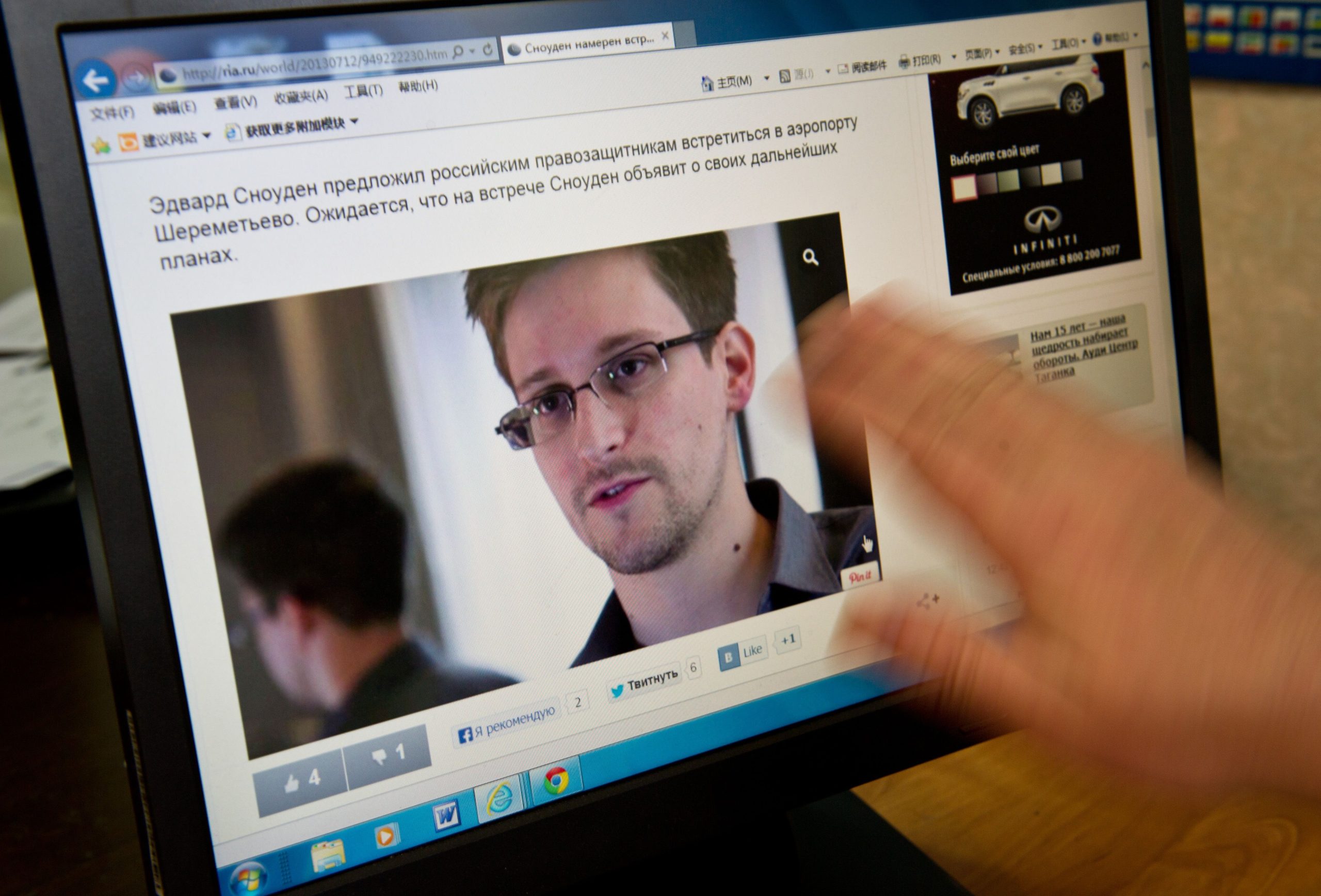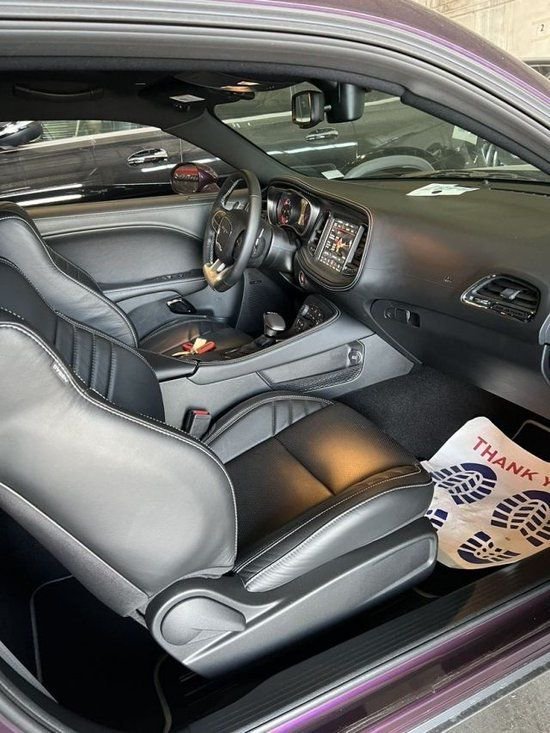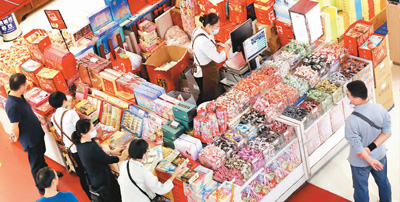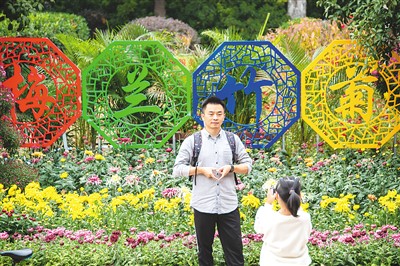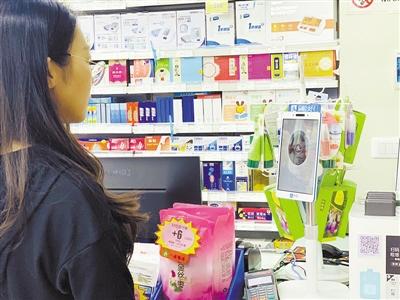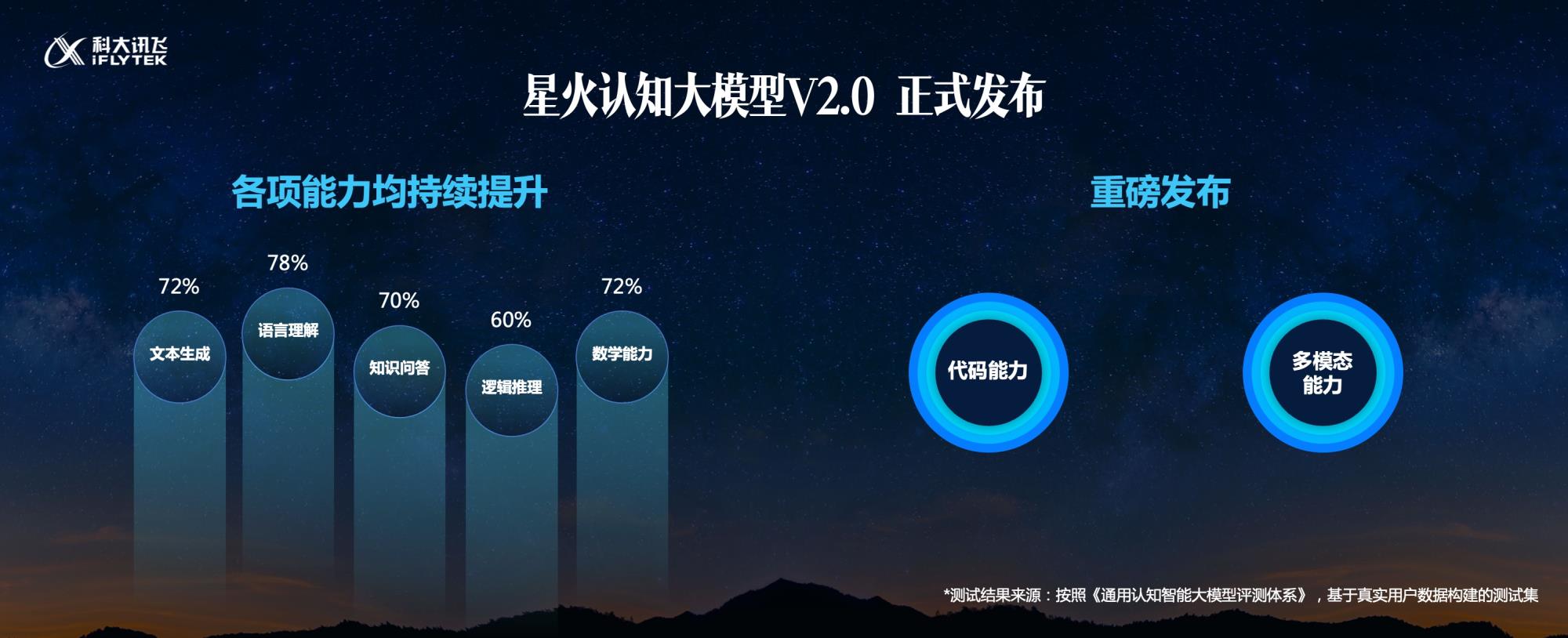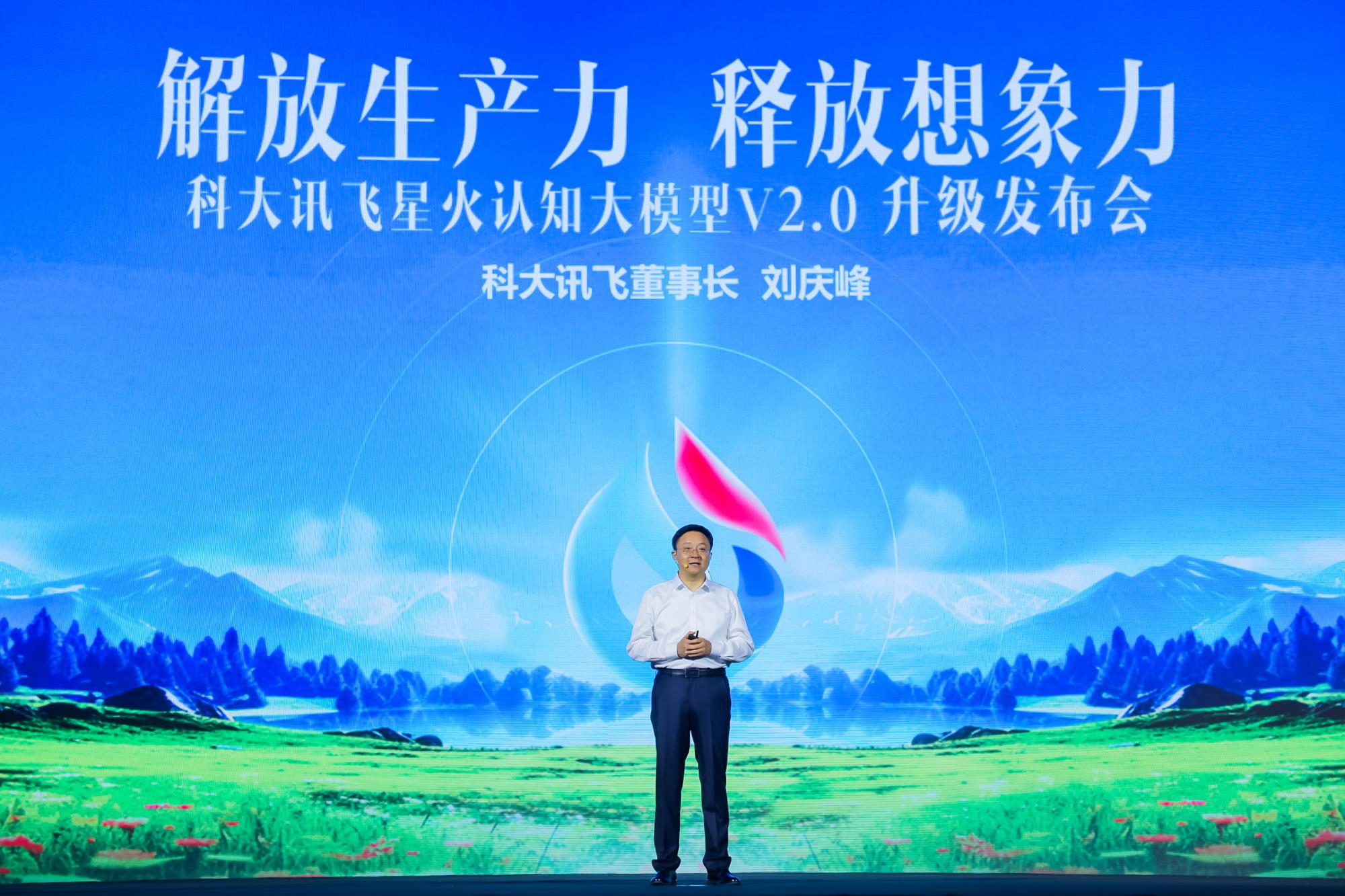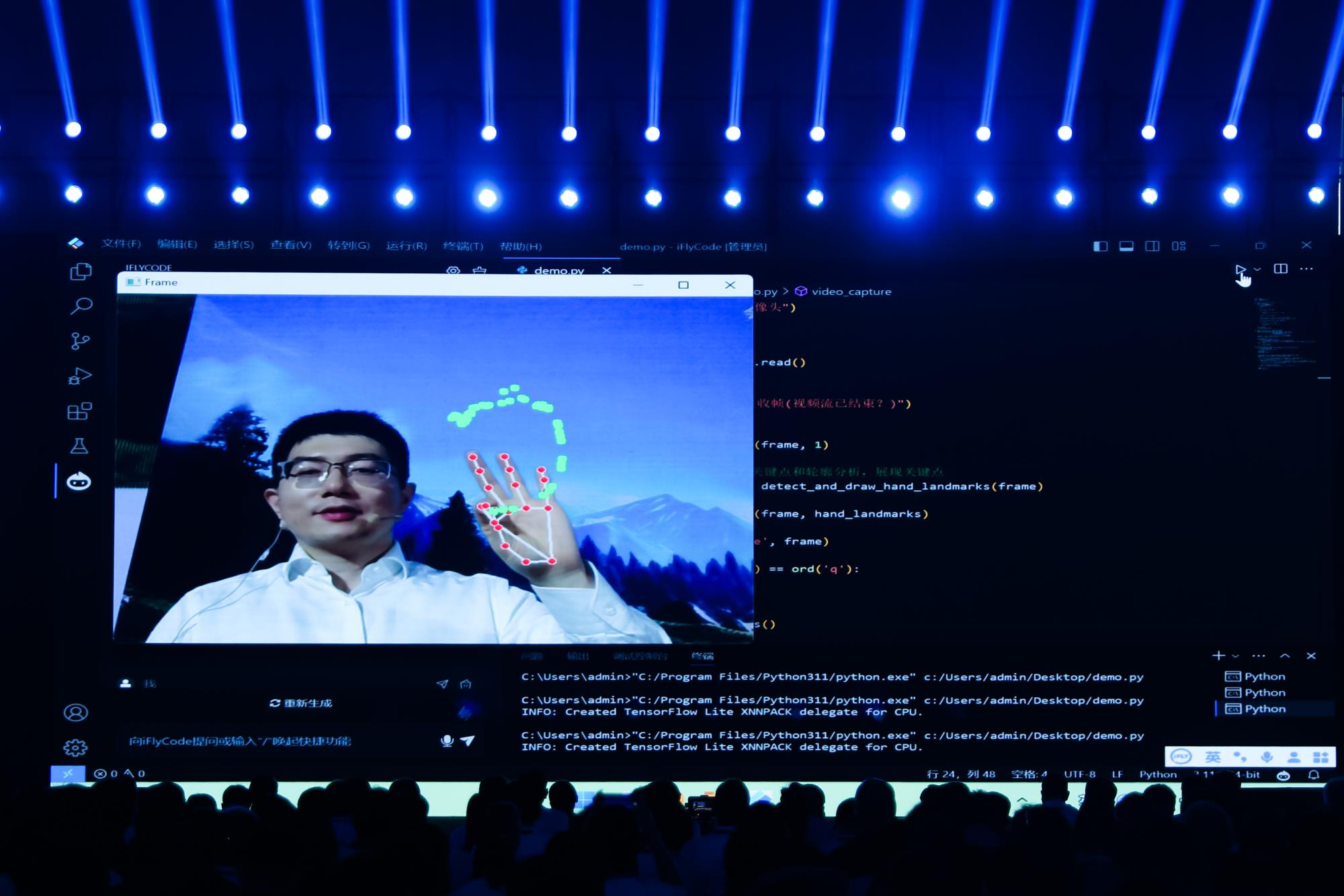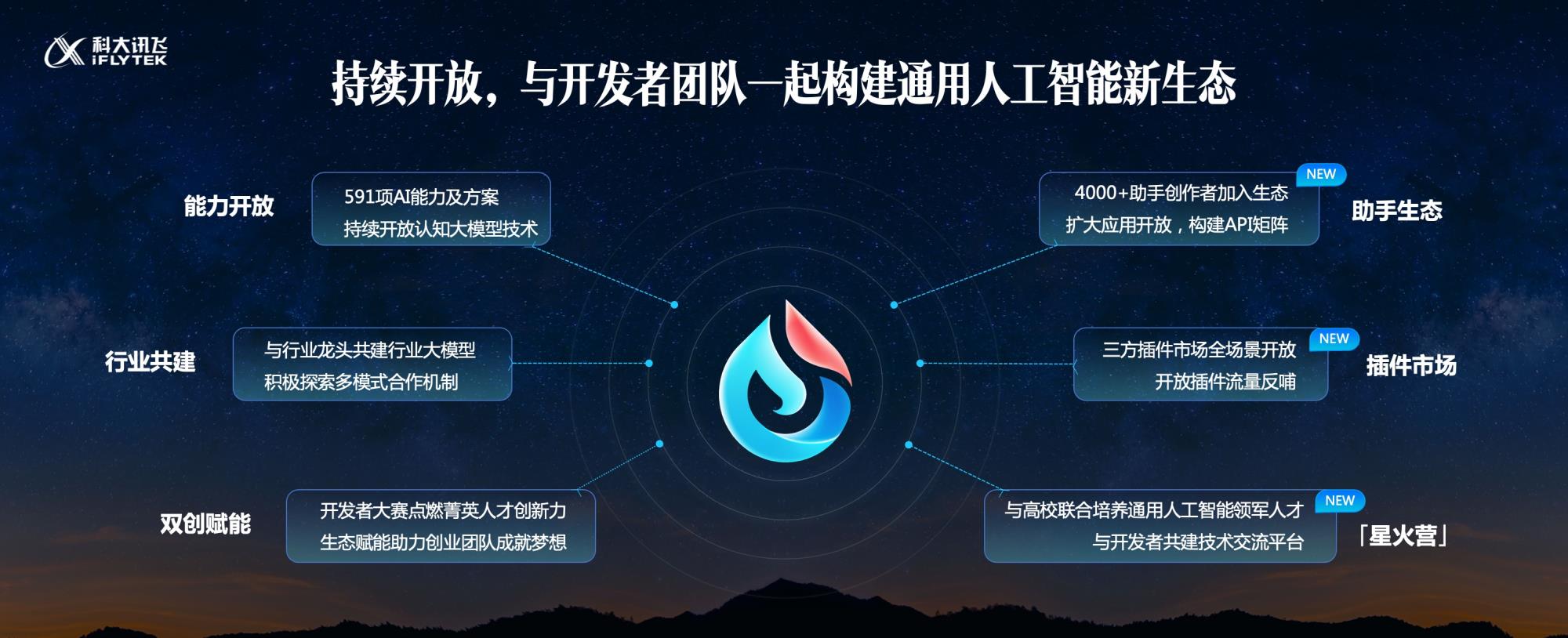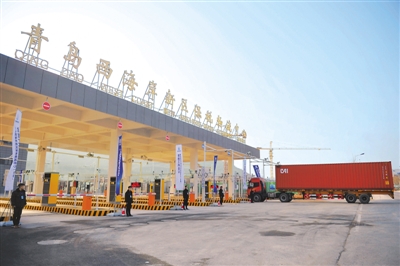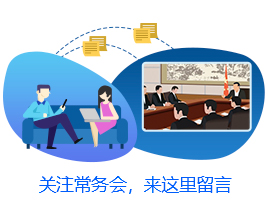1. What is the meaning of "trade-in of household appliances"?
"Trade-in of household appliances" refers to the behavior of consumers selling old household appliances and buying new ones. Consumers sell five types of old household appliances specified by the state, such as televisions, refrigerators (freezers), washing machines, air conditioners and computers. After being recycled by the household appliance recycling enterprises determined by the tender, they obtain the nationally printed household appliance trade-in recycling certificate, and then purchase the above five types of new household appliances at the household appliance sales enterprises determined by the tender with the trade-in recycling certificate and the consumer’s valid certificate, and apply for the price subsidy for household appliances trade-in.
2. When will the city continue to implement the trade-in policy for home appliances?
According to the Letter of the Ministry of Commerce, the Ministry of Finance and the Ministry of Environmental Protection on Printing and Distributing the Work Plan for the Promotion of Household Appliances Trade-in and the Implementation Measures for Household Appliances Trade-in (Revised Draft) formulated by seven ministries and commissions, this Municipality will continue to implement the policy of household appliances trade-in after the end of the pilot period, and the implementation period is tentatively set as December 31, 2011. During this period, buyers who participate in the trade-in of household appliances in this city can apply for the price subsidy for the trade-in of household appliances in accordance with the regulations, obtain the recycling certificate for the trade-in of household appliances and purchase new household appliances from the successful home appliance sales enterprise.
3. Are there any restrictions on the types of home appliances that participate in the trade-in of home appliances?
The types of household appliances that can participate in the trade-in of household appliances during the promotion and implementation period of this Municipality are the same as those in the pilot period, and they are still five types of household appliances: televisions, refrigerators (including freezers), washing machines, air conditioners and computers. The state only subsidizes buyers who sell the above five categories of old household appliances and buy the above five categories of new household appliances, but the purchase of new household appliances is not subject to the corresponding restrictions on the types of old household appliances sold. For example, after the buyer sells an old TV and obtains the certificate of recycling household appliances, he can go to the successful home appliance sales enterprise to buy any of the five types of household appliances (such as refrigerators or washing machines), and can apply for price subsidies according to the prescribed standards.
4. What is the subsidy standard for replacing old appliances with new ones?
During the promotion and implementation period, the subsidy standard in the pilot stage is still used, that is, 10% of the sales price of new household appliances is subsidized, but the upper limit of the subsidy standard is limited for each type of household appliances. Among them, the maximum subsidy for TV sets is 400 yuan/set, for refrigerators (including freezers) is 300 yuan/set, for washing machines is 250 yuan/set, for air conditioners is 350 yuan/set and for computers is 400 yuan/set.
5. Is there any reference price standard for selling old household appliances?
Beijing Renewable Resources Recycling and Second-hand Goods Industry Association, after consulting with household appliances recycling enterprises and dismantling enterprises, referred to the residual value of resources after dismantling old household appliances and the costs of recycling enterprises and dismantling enterprises, and considered the public’s acceptance of the recycling price of old household appliances, formulated the reference price of recycling old household appliances and the integrity standard of main parts. The price is published by the association and clearly stated at various recycling outlets.
Hand in the old household appliances can choose the national household appliances trade-in policy or other ways to hand in the old according to the actual situation. The recycling price of used household appliances shall be determined through negotiation between the buyer and the recycling enterprise, and both parties may refer to this price standard when negotiating.
6. What should I do if the main parts are incomplete when selling old household appliances?
Handing over old household appliances should meet the integrity requirements of the main parts of old household appliances. If the old household appliances sold are short of major components, the household appliance recycling enterprise will reduce the purchase price as appropriate according to the lack of major components, and the specific recycling price will be determined through consultation between the recycling enterprise and the seller.
7. Is the subsidy object of home appliance trade-in in this city restricted by household registration?
The subsidy object of home appliance trade-in in this city is residents with Beijing hukou and legal entities registered in Beijing (collectively referred to as buyers above); At present, non-Beijing hukou personnel and non-Beijing registered legal entities cannot enjoy the subsidy policy of home appliances trade-in in this city.
8. Is there a quantity limit for buyers to participate in the trade-in of home appliances?
In the pilot stage, there is no quantitative restriction on buyers’ participation in home appliance trade-in. However, during the promotion and implementation period (from June 1, 2010 to December 31, 2011), according to the "Implementation Measures for Household Appliances Trade-in (Revised Draft)" formulated by seven national ministries and commissions, the number of individuals participating in household appliances trade-in, selling old household appliances and buying new ones does not exceed five; Legal entities participate in the trade-in of home appliances, and the number of old home appliances sold and new home appliances purchased does not exceed 50. Because the identity certificate of the purchaser who buys new household appliances and sells old household appliances must be consistent, when the number of new household appliances purchased with the recycling certificate exceeds a limited number, the part exceeding the limited number cannot enjoy the subsidy for buying new household appliances.
9. Are the new household appliances purchased by consumers and the old household appliances sold during the pilot period within the limit?
At present, the "Household Appliances Trade-in Management Information System" has shielded the records of purchasing new household appliances and selling old household appliances before June 1, 2010. Therefore, during the pilot period, the number of consumers who have purchased new household appliances and sold old household appliances is not counted in the restricted number. That is to say, if consumers have bought five new household appliances with the same ID card during the pilot period, but recalculated from June 1, 2010, they can buy at most five new household appliances.
10. What are the procedures for buyers to sell old household appliances and buy new ones?
(1) There are two ways for buyers to participate in the trade-in of household appliances in physical stores.
1. Participate in the trade-in procedure by "handing in the old before purchasing the new":
(1) The purchaser can apply for selling the old household appliances within the scope of the old-for-new subsidy to the winning recycling enterprise in the residential area through the Internet, telephone and other means, or can transport the old household appliances and sell them to the nearest household appliance recycling network;
(2) According to the ID card information provided by the purchaser, the household appliance recycling enterprise logs in the "Household Appliance Trade-in Management Information System" to check the number of used household appliances sold by the purchaser. When the number of used household appliances sold by the purchaser reaches 5, the purchaser shall be clearly informed;
(3) The home appliance recycling enterprise shall provide the old home appliance recycling service according to the requirements of the purchaser, and make an acquisition with reference to the published reference price of the old home appliance recycling during the promotion implementation period and the integrity requirements of the main parts of the old home appliance (if the main parts of the old home appliance are missing, the recycling enterprise may negotiate with the purchaser for pricing), and issue a nationally printed home appliance trade-in recycling certificate to the purchaser;
(4) The original and photocopy of the buyer’s trade-in recycling certificate and identity certificate (including ID card, household register, military officer’s card or soldier’s card that can prove the household registration in this city) (the legal entity must hold the original and photocopy of the business license and legal entity code certificate) to the successful home appliance sales enterprise to arbitrarily purchase home appliances within the scope of subsidy, and apply for price subsidy to the sales enterprise on site.
2. Participate in the trade-in procedures by "purchasing new products first and then handing over old ones":
(1) After the buyer goes to a home appliance sales enterprise with dual qualifications of home appliance recycling and sales, he should show the original ID card, and according to the tips of the staff, go to the service desk to inquire about the number of new and old purchases. When the number of new or old units has reached 5, the home appliance sales enterprise shall clearly inform the purchaser;
(2) After purchasing new home appliances, make an appointment with the home appliance sales enterprise to recycle old home appliances;
(3) When the sales enterprise distributes the new household appliances to the buyers, it will recycle and tow away the old household appliances according to the appointment, and issue the old household appliances recycling certificate to the buyers;
(4) The purchaser applies for price subsidies at the original home appliance sales outlets with the old home appliance recycling certificate, the invoice for purchasing new home appliances and the original and photocopy of the identity certificate.
(two) the purchaser through e-commerce enterprises to participate in household appliances trade-in procedures.
1. The purchaser applies for recycling old household appliances to an e-commerce enterprise with the qualification of exchanging old household appliances for new ones through the Internet (the information such as the category, brand, product manufacturer, model, serial number of the fuselage, seller’s name and ID number of the old household appliances should be listed in detail), and orders the selected new household appliances through the Internet;
2. According to the ID card information provided by the purchaser, the e-commerce enterprise logs in the "Household Appliances Trade-in Management Information System" to check the number of old and new purchases made by the purchaser. The e-commerce enterprise shall notify the purchaser when the purchaser has handed in the old ones or purchased five new ones;
3. E-commerce enterprises shall fill in the old household appliances recycling voucher and the Application Form for Home Appliances Trade-in Subsidy according to the above-mentioned information on trade-in and purchase of new ones, and arrange the distribution of new household appliances to buyers;
4. The e-commerce enterprise distributes the new household appliances to the buyer’s home, collects the payment at the full price, recycles and drags away the old household appliances of the buyer, and confirms the information of the recycling voucher with the buyer, and asks the buyer to sign the Application Form for Home Appliances Trade-in Subsidy and provide a copy of the ID card;
5. After reviewing the relevant subsidy information of the purchaser, the e-commerce enterprise will advance the payment for old household appliances and the price subsidy for new household appliances to the purchaser.
11. Why do buyers need to provide the original identification when selling old household appliances and applying for subsidies for new household appliances?
Because the country has set a number limit for buyers to participate in the trade-in of household appliances during the promotion and implementation period, if the number of used household appliances sold by individual buyers with the same ID card exceeds 5, the excess part cannot participate in the trade-in of household appliances. Therefore, buyers need to provide the original ID card when selling old household appliances, and recycling enterprises should log in to the "Household Appliances Trade-in Management Information System" of the Ministry of Commerce in time to check the number of old household appliances sold by buyers; When recycling, the recycling personnel should check the original ID card of the purchaser before filling out the recycling certificate of old household appliances.
Buyers who apply for subsidies for replacing new household appliances with old ones should also go to the sales enterprise with the original and photocopy of their ID cards; If the buyer can’t handle it in person, he can also entrust others to handle it on his behalf, but the agent needs to provide the original and photocopy of his and the buyer’s ID cards and other relevant information.
12. What other materials should the buyer submit when applying for subsidies for purchasing new household appliances?
When applying for subsidies after purchasing new household appliances, the purchaser shall provide the certificate of recycling old household appliances for new ones, the original and photocopy of the identity certificate of the purchaser, the invoice for purchasing new household appliances, and the application form for financial subsidies. The original and photocopy of the identity documents provided by the purchaser when applying for subsidies shall be the same as those provided when selling old household appliances; The information of identity documents and trade-in recycling vouchers is consistent with the information in the "Household Appliances Trade-in Management Information System" of the Ministry of Commerce. Under the guidance of the sales enterprise, fill in the application form for fund subsidy and sign it.
13. How to deal with old household appliances after recycling? Is it allowed to enter the flea market and circulate again?
Home appliance recycling enterprises in this Municipality must sell all the old home appliances that participate in the trade-in of home appliances to the designated home appliance dismantling and processing enterprises for dismantling, and are not allowed to enter the flea market for re-circulation; Household appliance dismantling enterprises must complete the dismantling of old household appliances within the prescribed time limit. Non-designated dismantling and processing enterprises shall not purchase and process old household appliances with old ones for new ones.
14. Can I enjoy the price subsidy when buying new home appliances with promotional discounts?
When the buyer participates in the trade-in of household appliances, the promotion discount of new household appliances does not affect the buyer’s enjoyment of the subsidy for trade-in of household appliances. If the new household appliances purchased by the purchaser are in the promotion and discount activities, the purchaser should first discount the new household appliances with the trade-in certificate, and then enjoy a 10% price subsidy on the basis of the discount, that is, enjoy the "discount".
Household appliance sales enterprises shall not restrict discount goods from enjoying trade-in subsidies, nor shall they restrict trade-in subsidized products from enjoying discount promotions.
15. How to inquire about the service outlets of home appliance recycling enterprises and sales enterprises?
Buyers can inquire about the information of recycling outlets and sales outlets of home appliance recycling enterprises in this city through the window of the capital, Beijing Municipal Commission of Commerce, Beijing Scrap and Vintage Network and Beijing Tiantianjie website, and sell old home appliances and buy new home appliances nearby.
16. Can I return the new home appliances purchased by participating in the trade-in of home appliances?
New household appliances purchased by participating in the trade-in of household appliances can be returned if they meet the return conditions stipulated by relevant laws and regulations. When returning goods, the purchaser should provide the original ID card and purchase invoice at the time of purchase for returning goods, and the purchaser’s trade-in recycling certificate can be retrieved after the household appliance sales enterprise has completed the formalities of modifying the trade-in information and refunding the fund subsidy.
17. Is the quality of new household appliances with old ones guaranteed?
The new household appliances purchased by buyers who participate in the trade-in activities of household appliances are still protected by the national Product Quality Law, Consumer Protection Law and other relevant laws and regulations. If there are quality problems with new household appliances, the purchaser has the right to ask the household appliance sales enterprise to provide maintenance, replacement or return services; Household appliance sales enterprises should comply with the relevant provisions of national laws and regulations and provide satisfactory after-sales service to buyers.
18. Can I reissue the old-for-new recycling certificate of household appliances after it is lost?
The buyer can’t reissue the old-for-new recycling certificate of household appliances obtained by selling old household appliances, nor can he apply for the price subsidy for buying new household appliances. After receiving the report that the buyer lost the certificate of home appliance trade-in, the home appliance recycling enterprise should explain the relevant policy requirements to the buyer, and apply for cancellation of the certificate of home appliance trade-in to the competent commercial department at the place of registration; After verifying the relevant information and approving it, the competent commercial department at the place of registration shall file with the Municipal Commission of Commerce.
19. What should I do if there is an error in filling in the relevant information of the household appliance recycling voucher?
If the home appliance recycling enterprise fills in the information of the old-for-new recycling voucher incorrectly when recycling old home appliances, the site should immediately issue a new home appliance recycling voucher to the buyer. If it is found that the registration information of the old-for-new recycling voucher cannot be modified by itself afterwards, it shall apply to the competent commercial department of the place where the household appliance recycling enterprise is registered to modify the registration information, and the competent commercial department of the registered place shall report to the municipal competent commercial department, which shall coordinate the management department of the old-for-new information system of the Ministry of Commerce to carry out the modification procedure or mark it invalid.
20. Is there any store restriction for buyers to buy new home appliances with home appliance recycling vouchers?
After selling the old household appliances, the purchaser can buy new household appliances at the registered sales outlets of all the successful home appliance sales enterprises with the recycling certificate of household appliances trade-in, and can apply for the price subsidy of household appliances trade-in, which is not limited by the stores.
21. Is there any regional restriction for buyers to sell used household appliances?
In order to facilitate buyers to sell old household appliances, Beijing is divided into five recycling areas, and each recycling area has more than three household appliance recycling enterprises responsible for recycling old household appliances in that area (see the attached table for details). In principle, the buyer sells old household appliances to the nearest recycling outlets of household appliance recycling enterprises responsible for recycling in this area according to the place of residence; Household appliance recycling enterprises provide home recycling services for old household appliances according to the winning recycling area. In addition, enterprises with dual qualifications of selling and recycling can provide a "one-stop" service for sending new and old appliances, that is, buyers first go to the sales enterprise to buy new household appliances, and the sales enterprise recycles and drags away the old household appliances while sending them to the door. If the buyer carries and sells the old household appliances to the household appliance recycling enterprise by himself, it is not restricted by the region.
22. Can new home appliances that enjoy the subsidy policy of "home appliances going to the countryside" apply for trade-in subsidies again?
The Implementation Measures for Trade-in of Home Appliances (Revised Draft) clearly stipulates that new home appliances that have enjoyed the subsidy policy of "Home Appliances Going to the Countryside" shall not enjoy the trade-in subsidy repeatedly. Therefore, if the purchaser has purchased home appliances to the countryside and has applied for subsidies for home appliances to the countryside, he can no longer apply for subsidies for replacing old appliances with new ones.
23. Can buyers buy new home appliances before selling old ones?
Yes, but it can only be implemented in enterprises with dual qualifications of recycling and sales. That is, the purchaser can ask the enterprise to recycle the old household appliances while sending them to the door after the enterprise purchases the new household appliances. It should be emphasized that the home appliance sales enterprise shall not require the purchaser to purchase new home appliances before recycling old ones, and shall not set the time and standard for subsidizing the old-for-new certificates by itself.
24. How does the government strengthen the management of participating enterprises in the trade-in of household appliances?
In order to strengthen the management of the sales and recycling enterprises of trade-in household appliances, the Beijing Municipal Commission of Commerce and other seven departments have formulated the Detailed Rules for the Implementation of Trade-in Household Appliances in Beijing and its supplementary provisions. Signed "Household Appliance Trade-in Recovery Agreement" and "Household Appliance Trade-in Sales Agreement" with the successful home appliance recycling enterprises and home appliance sales enterprises; A performance bond of 100,000 yuan was collected from each successful bidder; Formulated the management regulations of trade-in vouchers and the penalty standards for breach of contract. If home appliance recycling enterprises and sales enterprises violate the provisions of relevant agreements, they will be dealt with according to the provisions of the agreement to ensure the smooth development of home appliance trade-in work.
25. Which departments should I report the problems in the trade-in of household appliances? What are the telephone numbers for consultation and complaint?
A working group on trade-in of household appliances and automobiles has been set up in this city, among which the member units responsible for trade-in of household appliances are the Municipal Commerce Commission, the Municipal Finance Bureau, the Propaganda Department of the Municipal Party Committee, the Municipal Environmental Protection Bureau, the Municipal Development and Reform Commission, the Municipal Economic and Information Technology Commission, the Municipal Administration for Industry and Commerce and the Municipal Quality Supervision Bureau. The responsibilities and telephone numbers for consultation and complaint of each department are as follows:
The Municipal Commission of Commerce, jointly with the Municipal Finance Bureau, determines the recycling enterprises and sales enterprises of household appliances through public bidding, and announces them to the public and files them with the Ministry of Commerce to supervise the recycling enterprises and sales enterprises; In conjunction with the relevant departments of the city, formulate and issue supplementary provisions for the implementation rules of household appliances trade-in; Responsible for the issuance and management of household appliances trade-in vouchers; In conjunction with the Municipal Finance Bureau, do a good job in the training of home appliance trade-in management information system; Responsible for the statistical work of information about household appliances trade-in. Telephone numbers for consultation and complaint: 85163174 (working hours) and 65248780 (nights and rest days).
The Municipal Finance Bureau is responsible for the implementation and supervision of subsidy funds for household appliances; Printing certificates for exchanging old appliances for new ones; To guide the district and county finance bureaus to examine and allocate the subsidy funds of sales enterprises; Responsible for reviewing and issuing the freight subsidies for recycling enterprises declared by dismantling and processing enterprises, and issuing the fixed subsidies for old household appliances for dismantling and processing enterprises. Telephone number for consultation and complaint is 88549650 (working hours).
The Propaganda Department of the Municipal Party Committee is responsible for giving full play to the guiding role of public opinion, coordinating and guiding the news media to strengthen the propaganda of promoting the implementation of the old-for-new policy of household appliances, and correctly guiding consumption.
Municipal Development and Reform Commission is responsible for strengthening the price guidance and supervision of trade-in household appliances. Telephone number for consultation and complaint: 12358(24 hours).
The Municipal Environmental Protection Bureau is responsible for the organization, implementation, supervision and management of the dismantling of old household appliances; Screening and dismantling enterprises, reported to the municipal government to determine, and reported to the Ministry of Environmental Protection and the Ministry of Finance for the record; Responsible for reviewing the freight subsidies declared by the dismantling enterprises and the fixed subsidies for dismantling old household appliances; Responsible for setting up a special column on the government website, and publicly dismantling and handling the receiving, dismantling and storage of old household appliances submitted by enterprises. Telephone number for consultation and complaint: 12369(24 hours).
The Municipal Economic and Information Technology Commission is responsible for the management of the home appliance production enterprises in this Municipality, and urges and guides the production enterprises to improve and guarantee the quality of home appliances. Telephone number for consultation and complaint: 85235964 (working hours).
The Municipal Administration for Industry and Commerce shall supervise the business activities of home appliance recycling and sales enterprises according to law; Give full play to the role of the 12315 consumer complaint reporting network, promptly accept and handle consumer complaints and reports on the purchase and use of trade-in household appliances according to law, and safeguard the legitimate rights and interests of consumers. Telephone number for consultation and complaint: 12315(24 hours).
The Municipal Bureau of Quality Supervision supervises the quality of home appliances in the production field of this city, investigates and deals with violations of laws and regulations such as quality, and cracks down on illegal activities of counterfeit and shoddy products from the source. Telephone number for consultation and complaint: 12365 (working hours)
In accordance with the principle of territorial management, the district and county governments strengthen their supervisory responsibilities, strengthen the supervision and management of recycling enterprises, sales enterprises, dismantling and processing enterprises and their production, operation and service behaviors within their respective jurisdictions, and investigate and deal with all kinds of illegal, illegal and fraudulent financial subsidies according to law.

